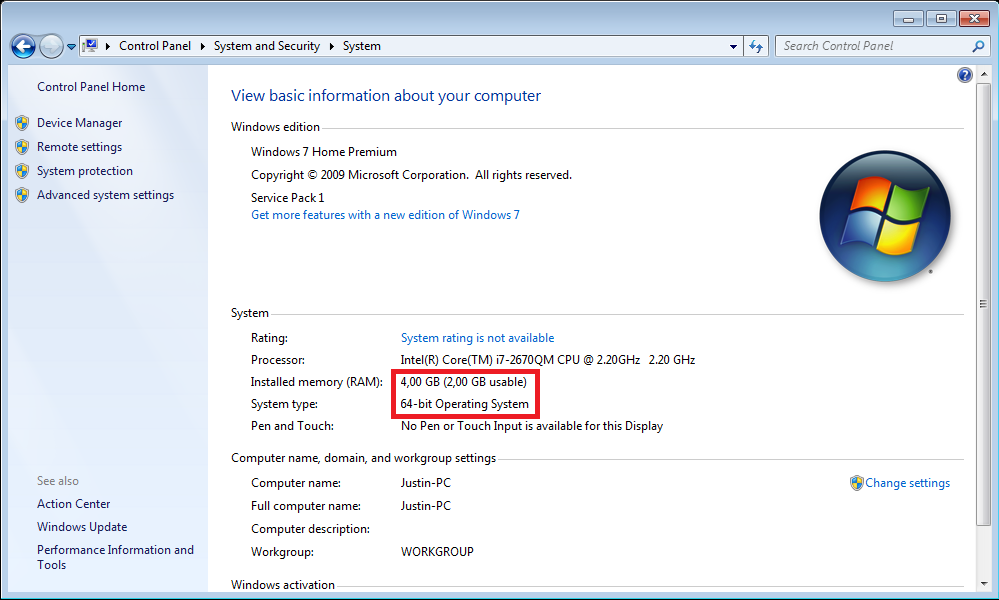

Windows 8.1 and Windows Server 2012 R2: 15.5 TB or system commit limit, whichever is smaller. Windows 8.1 and Windows Server 2012 R2 or later: 128 TB Windows 8 and Windows Server 2012 or earlier 8 TBģ84 GB or system commit limit, whichever is smaller. With IMAGE_FILE_LARGE_ADDRESS_AWARE set (default): 圆4: Windows 8.1 and Windows Server 2012 R2 or later: 128 TB 圆4: Windows 8 and Windows Server 2012 or earlier 8 TB Intel Itanium-based systems: 7 TB 2 GB with IMAGE_FILE_LARGE_ADDRESS_AWARE clearedĢ GB From 1 GB to a maximum of 2 GB with 4GT User-mode virtual address space for each 64-bit process User-mode virtual address space for each 32-bit processĢ GB Up to 3 GB with IMAGE_FILE_LARGE_ADDRESS_AWARE and 4GTĢ GB with IMAGE_FILE_LARGE_ADDRESS_AWARE cleared (default) 4 GB with IMAGE_FILE_LARGE_ADDRESS_AWARE set Unless otherwise noted, the limits in this table apply to all supported releases.


The following table specifies the limits on memory and address space for supported releases of Windows. Limits on physical memory for 32-bit platforms also depend on the Physical Address Extension (PAE), which allows 32-bit Windows systems to use more than 4 GB of physical memory. Enabling this technology reduces the overall size of the system virtual address space and therefore system resource maximums. IMAGE_FILE_LARGE_ADDRESS_AWARE is set or cleared by using the /LARGEADDRESSAWARE linker option.Ĥ-gigabyte tuning (4GT), also known as application memory tuning, or the /3GB switch, is a technology (only applicable to 32 bit systems) that alters the amount of virtual address space available to user mode applications. Limits on memory and address space vary by platform, operating system, and by whether the IMAGE_FILE_LARGE_ADDRESS_AWARE value of the LOADED_IMAGE structure and 4-gigabyte tuning (4GT) are in use. This topic describes the memory limits for supported Windows and Windows Server releases.


 0 kommentar(er)
0 kommentar(er)
